Airship R101. A small photograph of R101 flying over Arkley, Hertfordshire, c. 1930, 6 x 10.5 cm, pencil note to verso identifying it as R100 but corrected to R101 and referring to Barnes Wallis's notes on an envelope addressed to Mrs Wallis and postmarked 14 August 1966, on the back of the envelope and front Barnes Wallis has written in pencil and giving details of why it is the R101, 'This is not R100 - but probably is the R101. The lettering in the centre of the hull is the international registration no. of that ship i.e. G-FAAW and the ship's no. R101 is just forward of the horizontal fin. It should also be on the bow - but I cannot see any trace of this, B', together with 2 letters from Wallis's friend and airship-designing colleague at Vickers, Hartley B. Pratt, the first dated at Lynmouth, North Devon, 19 August 1914 and giving a 6-page account of his holiday walking in Somerset and North Devon, the second undated but also August 1914 hoping that he can meet him in London at the Promenade Concert at the Queen's Hall on Saturday, 2 pages, plus 5 pages of verses written by Pratt and presumably sent to Barnes Wallis, one poem titled 'The Question' concerning enlistment, another titled 'An Appeal to the D.O.' and referring to Barnes Wallis and his designs, all 8vo, the final autograph letter signed from E.A. Masterman, I.A.A.C.C., British Army on the Rhine, Cologne, 3 March 1922, concerning a payment of £90 he has received as royalties on the Japanese mooring mast and wanting to know if Wallis remembers what share he should have so that he can pay him the correct amount, saying that it was much more than he expected but that 'the Japanese must have been so badly stung [by Vickers] that there is no chance of their ever ordering another. We have probably got our last penny from that country', 4 pages, 8vo (Qty: 8) Provenance: From the family of Barnes Wallis, by direct descent. An interesting group of items relating to Wallis's early working life with airships. Barnes Wallis was scathing of the design of the ill-fated R101 and its designer Vincent Richmond's 'overweening vanity'. The crash of R101 on its maiden overseas voyage on 5 October 1930 killed 48 of the 54 people on board. It led to the abandonment of the entire airship programme much to the annoyance of Wallis whose design of the privately funded and built R100 was also a casualty of this decision. Wallis had begun working on airship design back in 1913. After serving an engineering apprenticeship in shipyards in London and on the Isle of Wight, Wallis was working as a draughtsman when he met H.B. Pratt, who had previously worked at the Vickers armaments company at Barrow-in-Furness. With World War I looming, the Admiralty saw the potential of rigid airships for long-range maritime patrol, and ordered an airship similar to the German Zeppelins. Pratt was invited back to Barrow to work on this airship project, and asked his new friend Wallis to join him. Together, they designed His Majesty’s Airship No.9 (HMA 9). Although Government and Admiralty interest in airships ebbed and flowed throughout the war, HMA 9 flew successfully, as did succeeding designs of airships, including the R.26 class, also designed by Pratt and Wallis. Air Commodore Edward Alexander Dimsdale Masterman, CB, CMG, CBE, AFC (1880-1957). Wallis had worked with Masterman on mast-mooring designs in the second half of the war. Evidently, Masterman did try to share the royalty with Wallis as he suggests in this letter. In a letter to Molly, dated 6-8 October 1923, Wallis rights: 'Now Commodore Masterman has made some money out of the royalties in the patent, and wants me to share, and wrote the other day saying he had £42 in hand for me, and would send it along. This is the second time this has happened. For lots of reasons too long, as usual, to right, I dont feel I ought to accept the money and have explained this to him. So he says all right he wont make a fuss about it, but will I allow him to give
Airship R101. A small photograph of R101 flying over Arkley, Hertfordshire, c. 1930, 6 x 10.5 cm, pencil note to verso identifying it as R100 but corrected to R101 and referring to Barnes Wallis's notes on an envelope addressed to Mrs Wallis and postmarked 14 August 1966, on the back of the envelope and front Barnes Wallis has written in pencil and giving details of why it is the R101, 'This is not R100 - but probably is the R101. The lettering in the centre of the hull is the international registration no. of that ship i.e. G-FAAW and the ship's no. R101 is just forward of the horizontal fin. It should also be on the bow - but I cannot see any trace of this, B', together with 2 letters from Wallis's friend and airship-designing colleague at Vickers, Hartley B. Pratt, the first dated at Lynmouth, North Devon, 19 August 1914 and giving a 6-page account of his holiday walking in Somerset and North Devon, the second undated but also August 1914 hoping that he can meet him in London at the Promenade Concert at the Queen's Hall on Saturday, 2 pages, plus 5 pages of verses written by Pratt and presumably sent to Barnes Wallis, one poem titled 'The Question' concerning enlistment, another titled 'An Appeal to the D.O.' and referring to Barnes Wallis and his designs, all 8vo, the final autograph letter signed from E.A. Masterman, I.A.A.C.C., British Army on the Rhine, Cologne, 3 March 1922, concerning a payment of £90 he has received as royalties on the Japanese mooring mast and wanting to know if Wallis remembers what share he should have so that he can pay him the correct amount, saying that it was much more than he expected but that 'the Japanese must have been so badly stung [by Vickers] that there is no chance of their ever ordering another. We have probably got our last penny from that country', 4 pages, 8vo (Qty: 8) Provenance: From the family of Barnes Wallis, by direct descent. An interesting group of items relating to Wallis's early working life with airships. Barnes Wallis was scathing of the design of the ill-fated R101 and its designer Vincent Richmond's 'overweening vanity'. The crash of R101 on its maiden overseas voyage on 5 October 1930 killed 48 of the 54 people on board. It led to the abandonment of the entire airship programme much to the annoyance of Wallis whose design of the privately funded and built R100 was also a casualty of this decision. Wallis had begun working on airship design back in 1913. After serving an engineering apprenticeship in shipyards in London and on the Isle of Wight, Wallis was working as a draughtsman when he met H.B. Pratt, who had previously worked at the Vickers armaments company at Barrow-in-Furness. With World War I looming, the Admiralty saw the potential of rigid airships for long-range maritime patrol, and ordered an airship similar to the German Zeppelins. Pratt was invited back to Barrow to work on this airship project, and asked his new friend Wallis to join him. Together, they designed His Majesty’s Airship No.9 (HMA 9). Although Government and Admiralty interest in airships ebbed and flowed throughout the war, HMA 9 flew successfully, as did succeeding designs of airships, including the R.26 class, also designed by Pratt and Wallis. Air Commodore Edward Alexander Dimsdale Masterman, CB, CMG, CBE, AFC (1880-1957). Wallis had worked with Masterman on mast-mooring designs in the second half of the war. Evidently, Masterman did try to share the royalty with Wallis as he suggests in this letter. In a letter to Molly, dated 6-8 October 1923, Wallis rights: 'Now Commodore Masterman has made some money out of the royalties in the patent, and wants me to share, and wrote the other day saying he had £42 in hand for me, and would send it along. This is the second time this has happened. For lots of reasons too long, as usual, to right, I dont feel I ought to accept the money and have explained this to him. So he says all right he wont make a fuss about it, but will I allow him to give
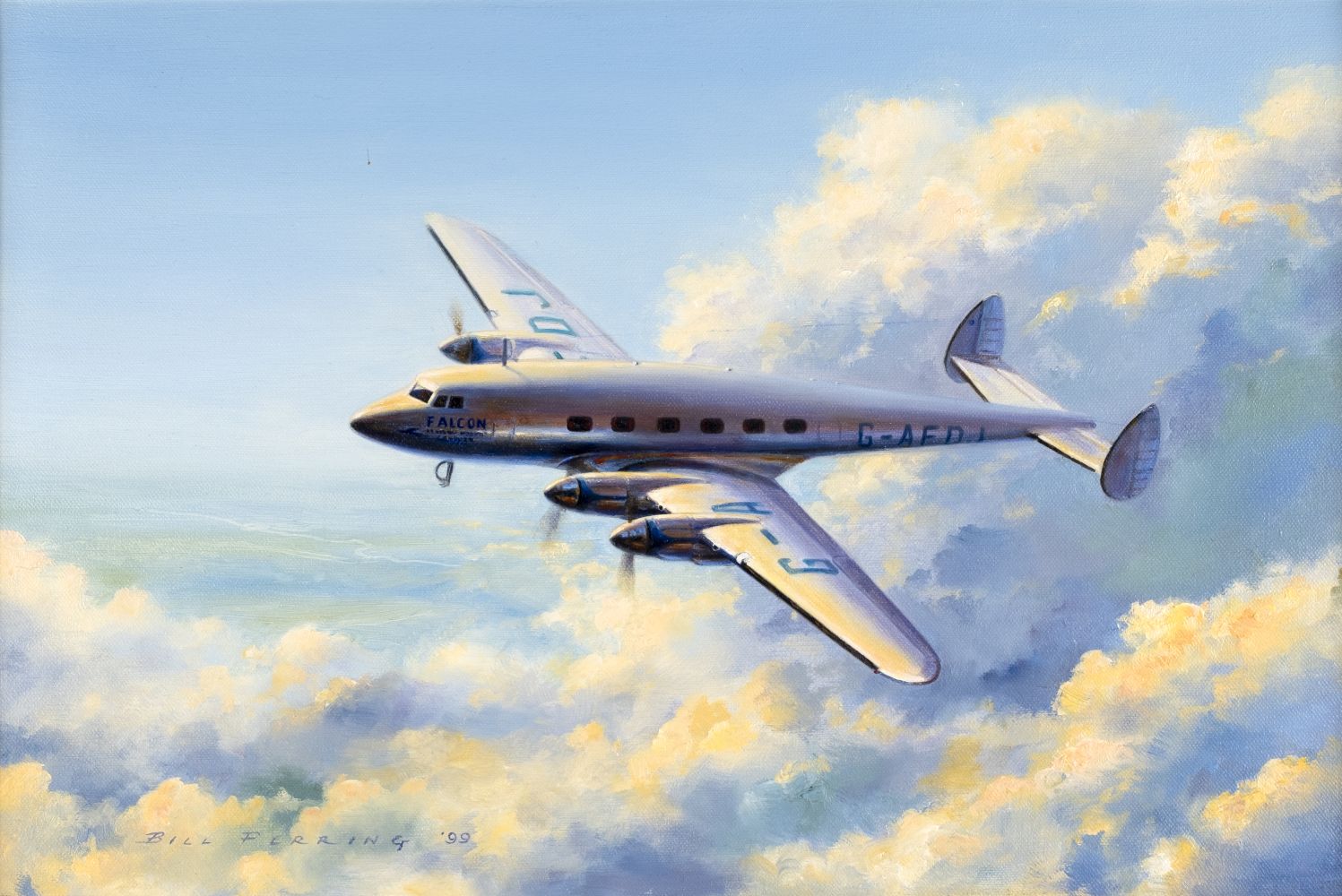
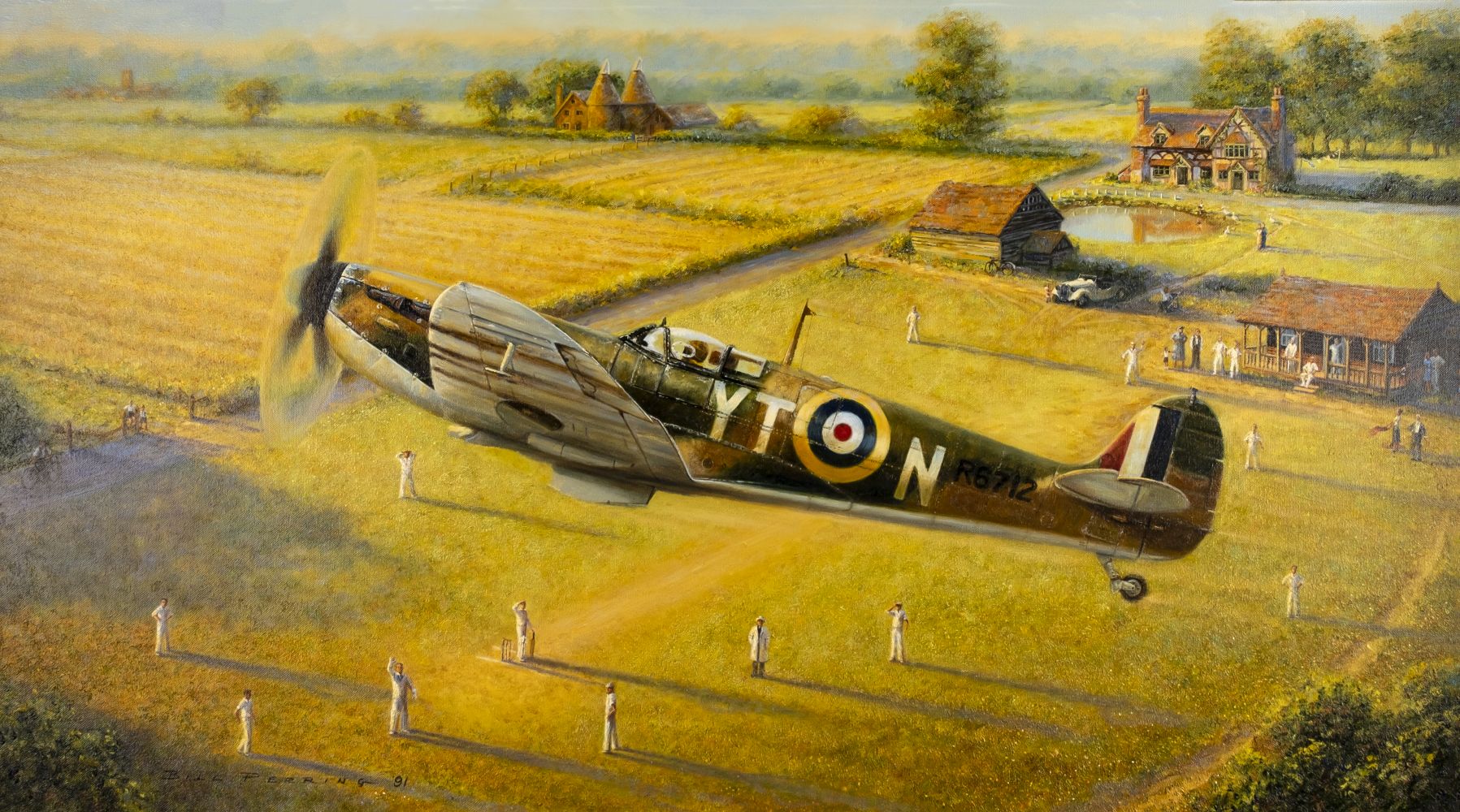
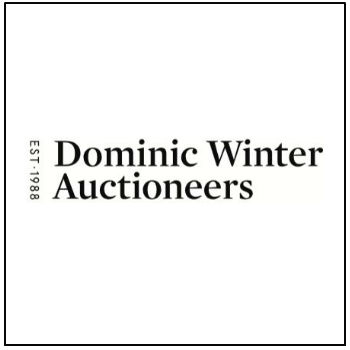
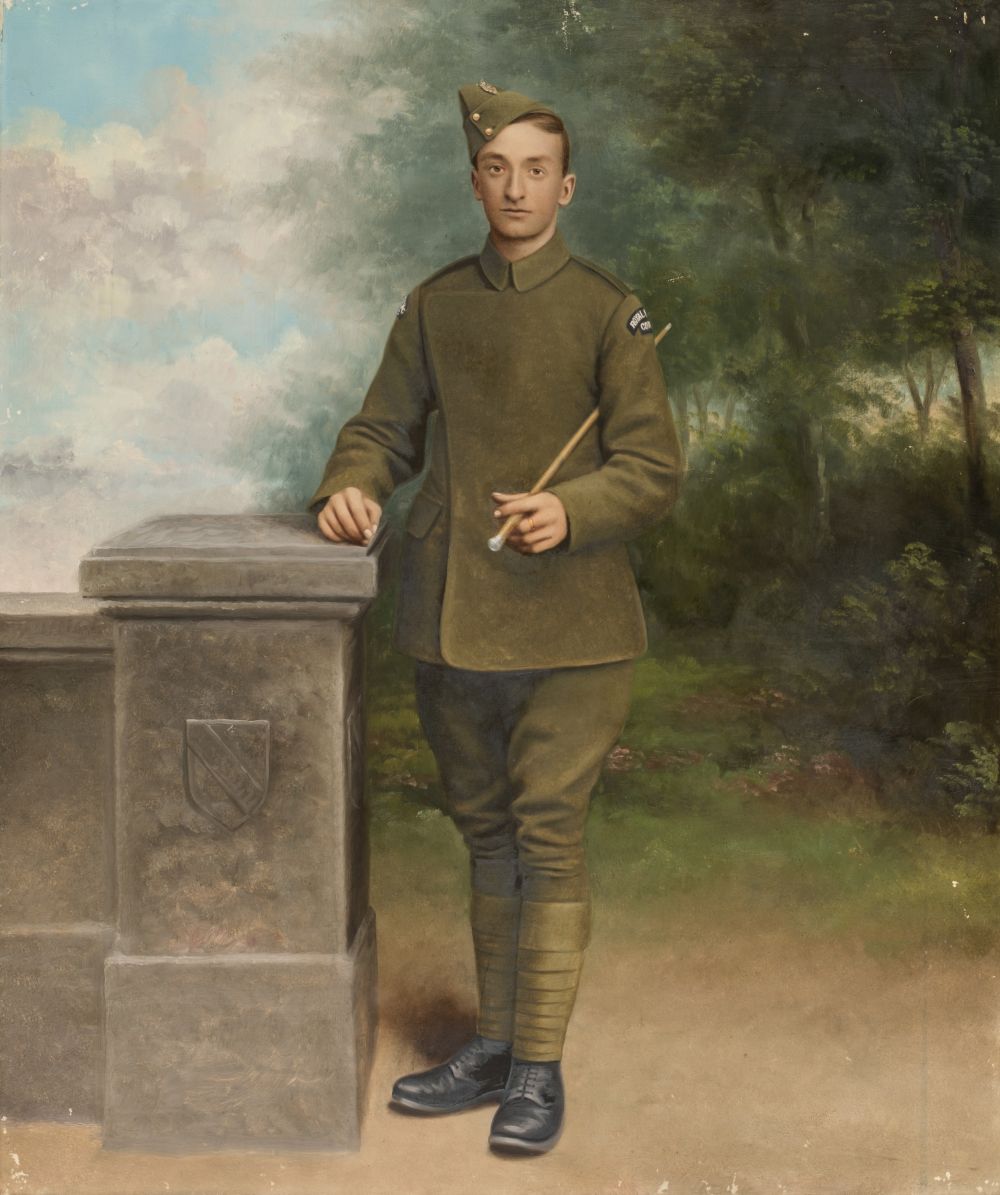




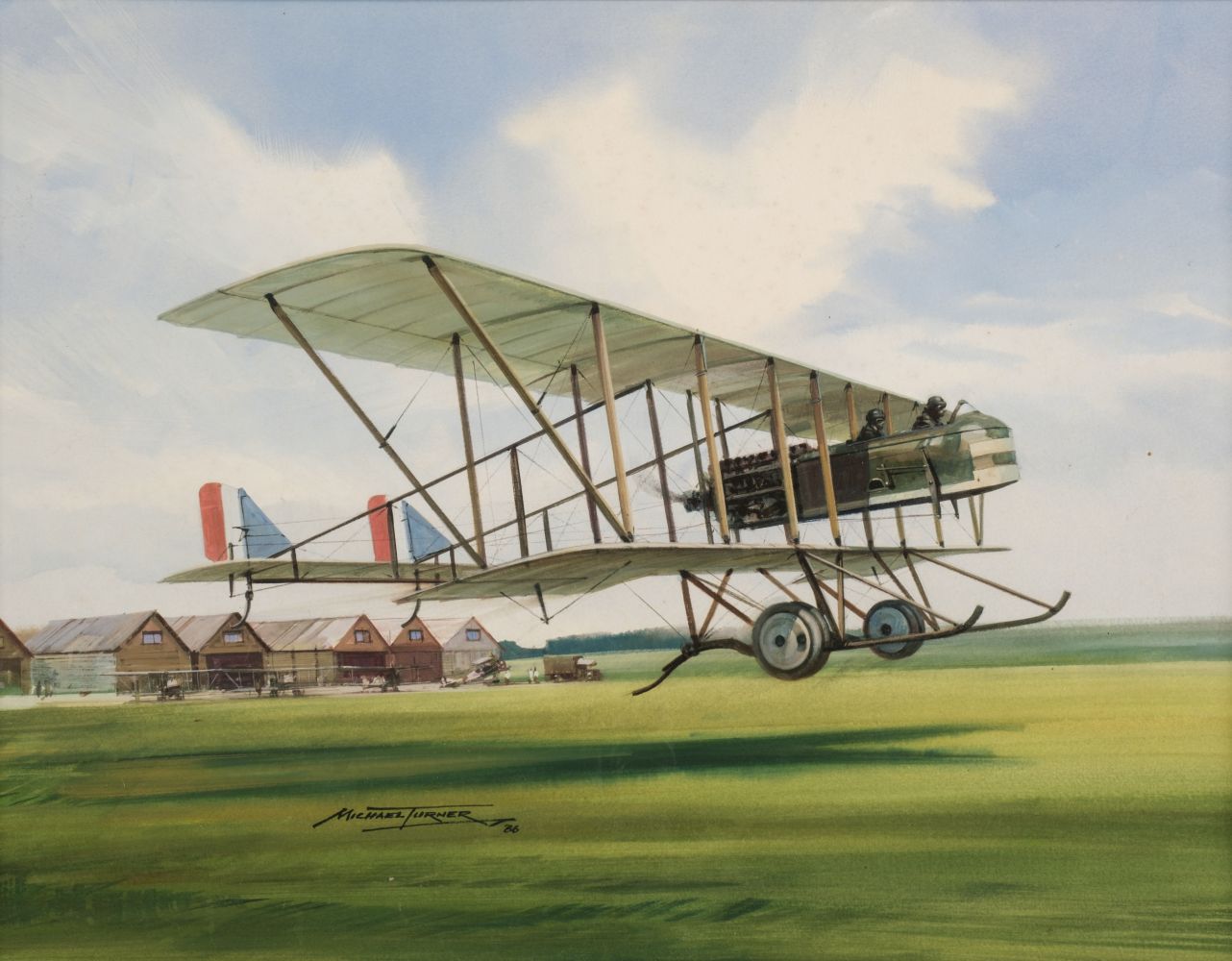
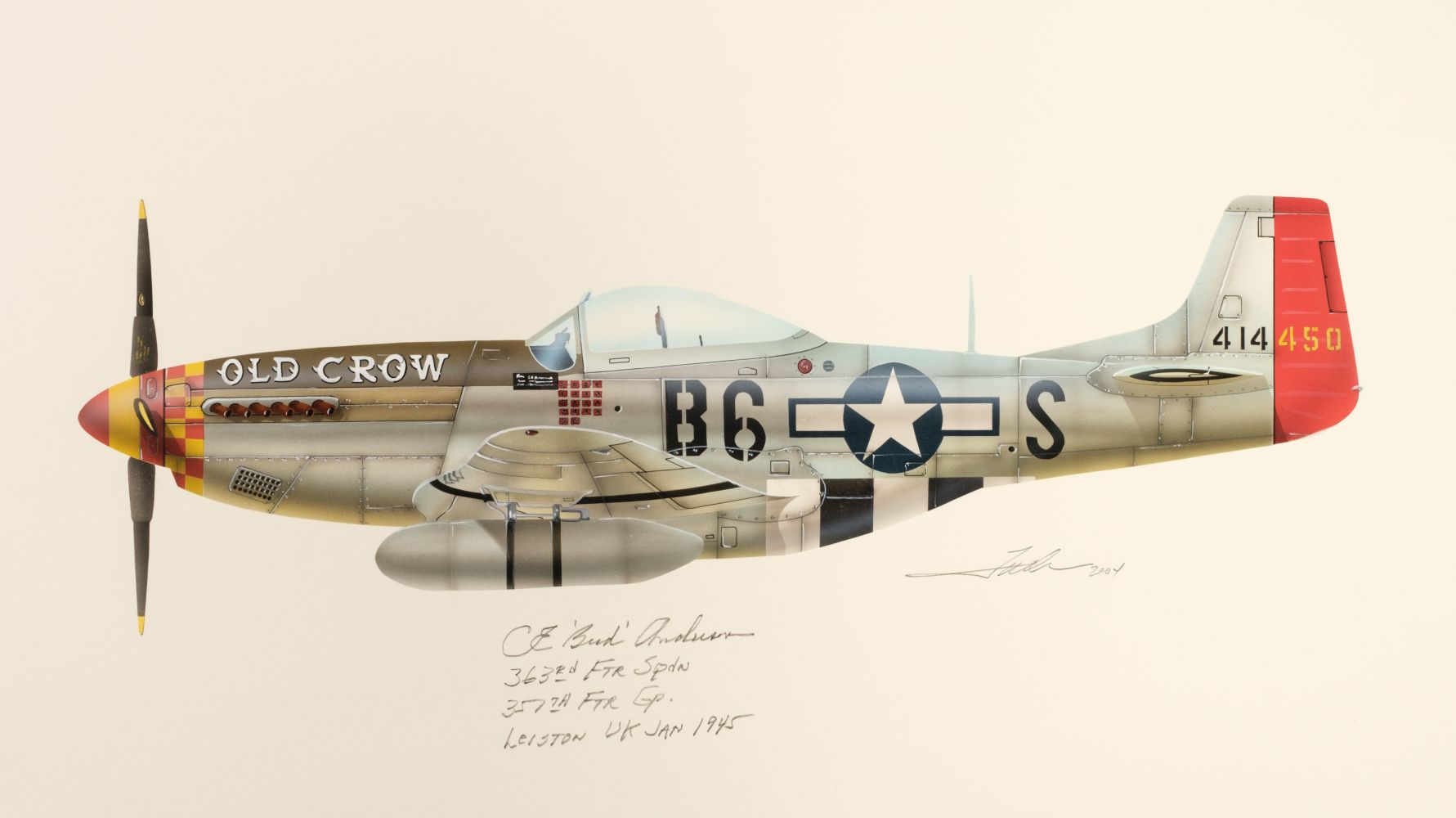
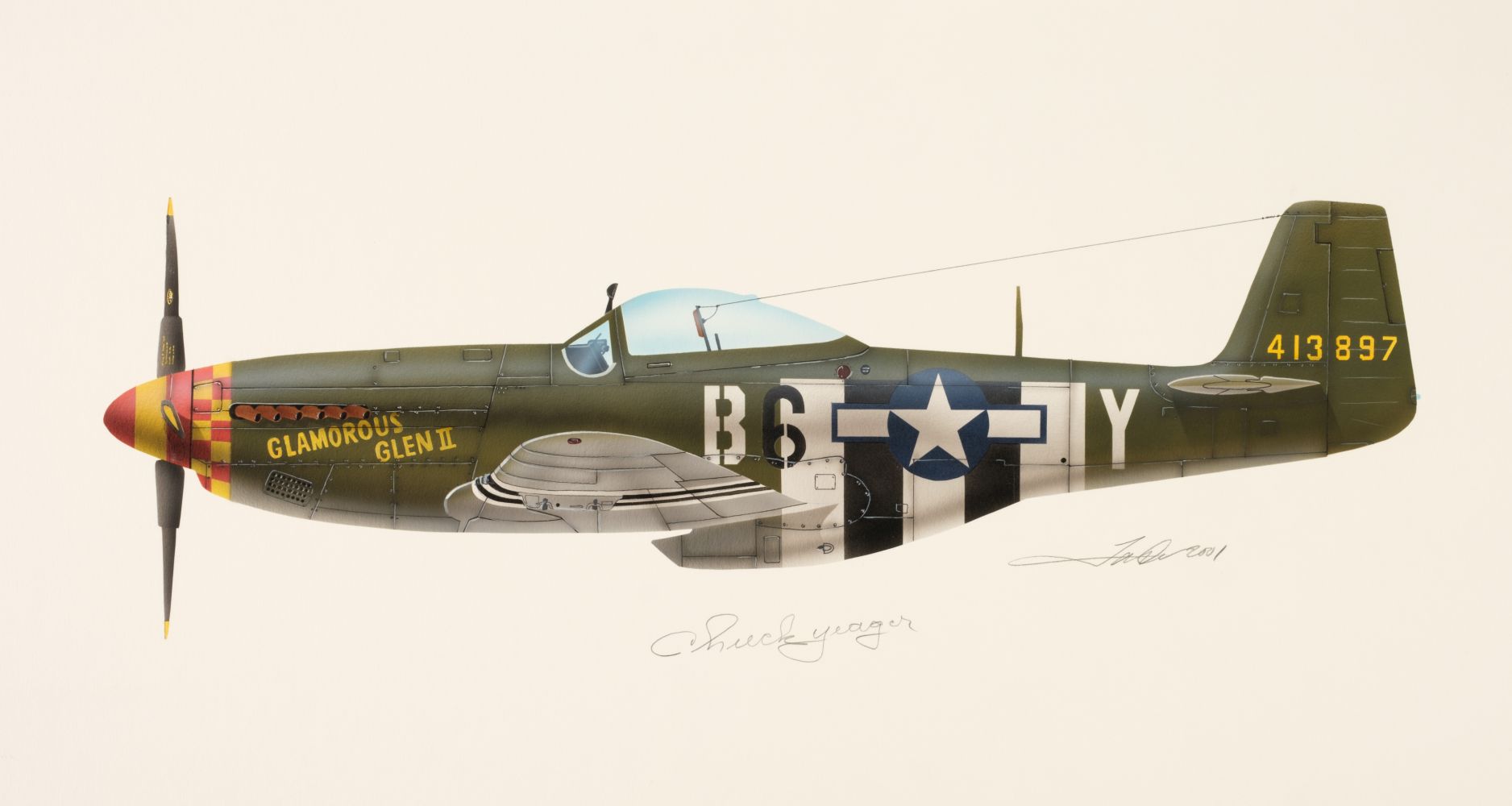
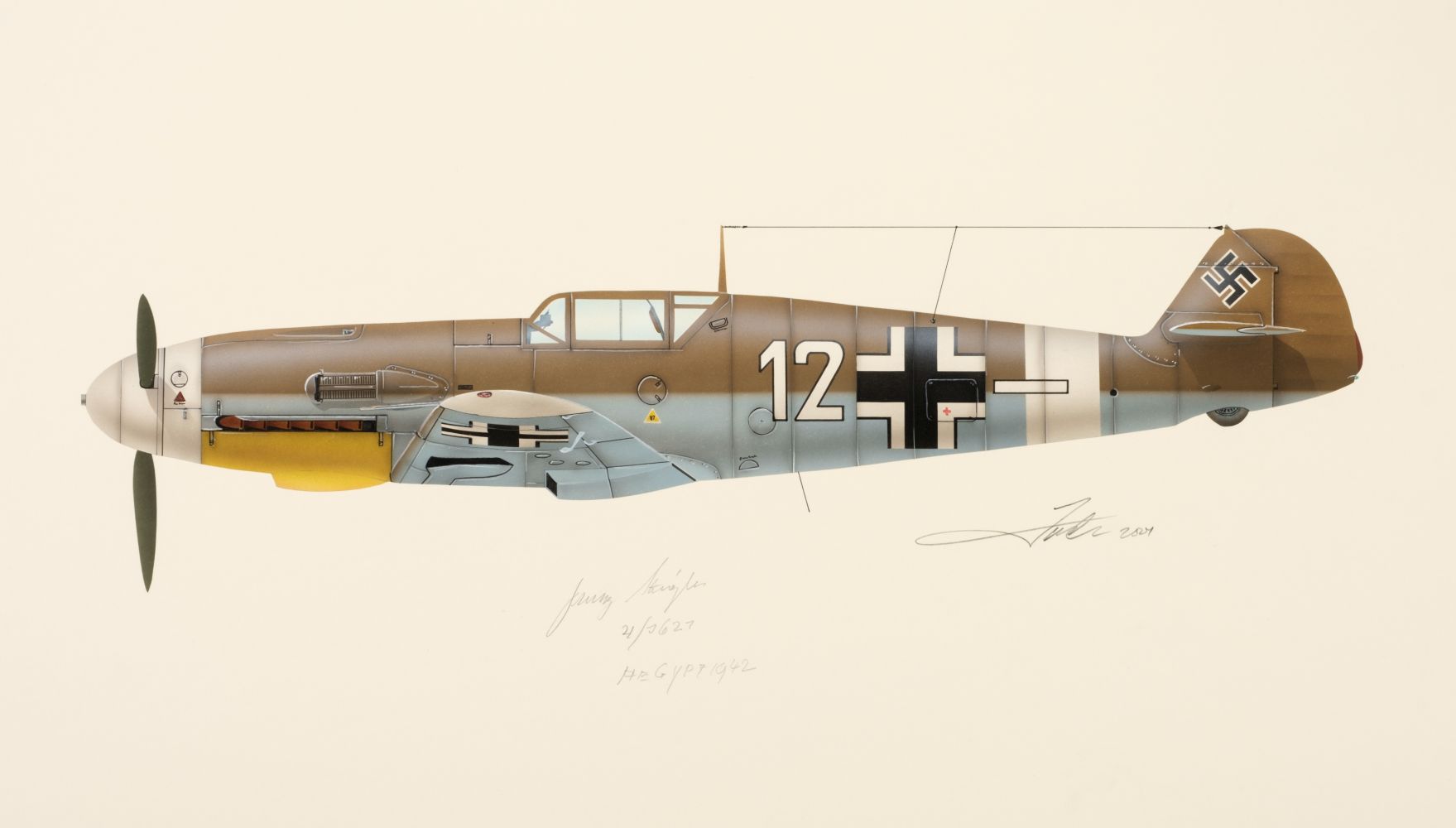
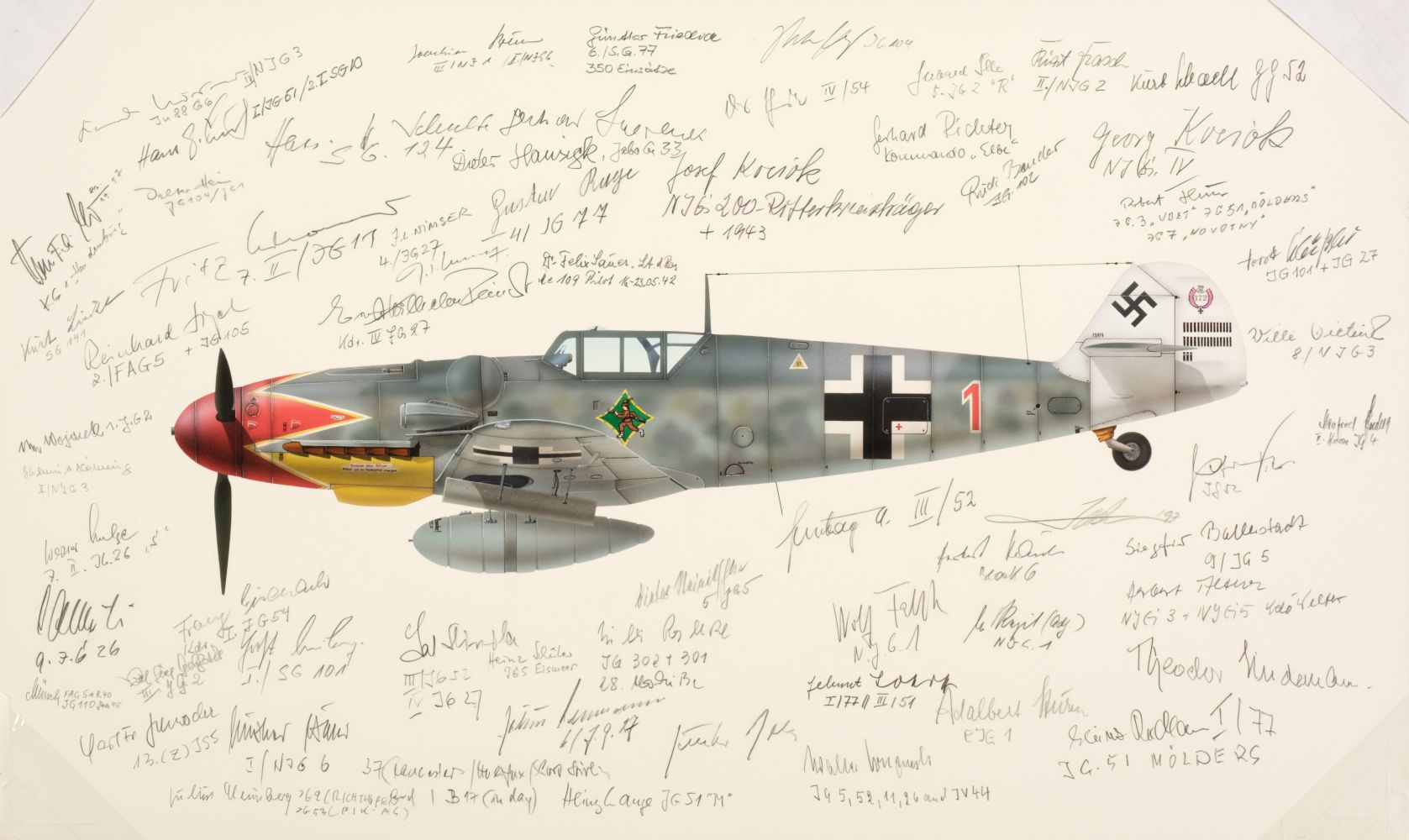
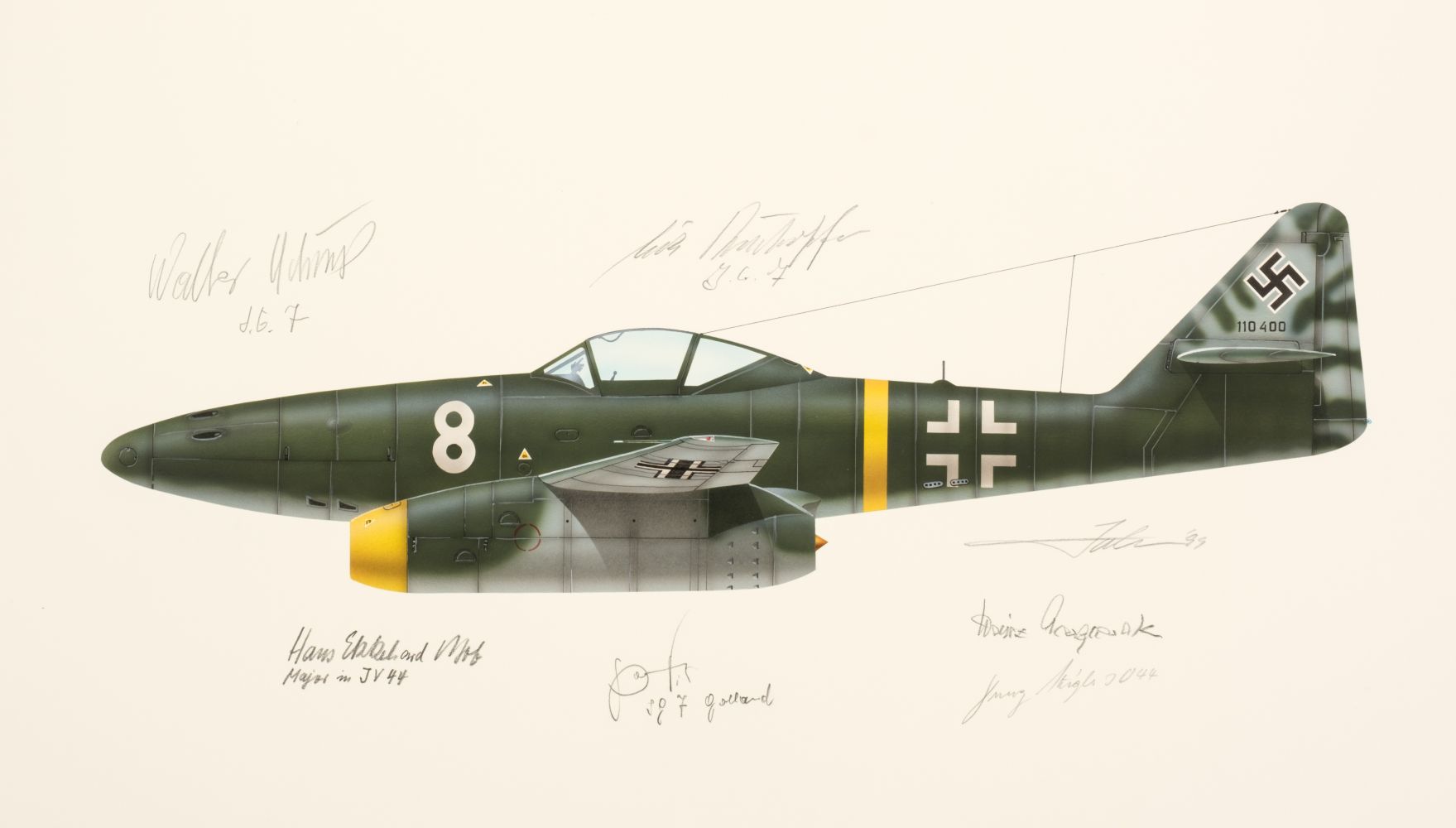
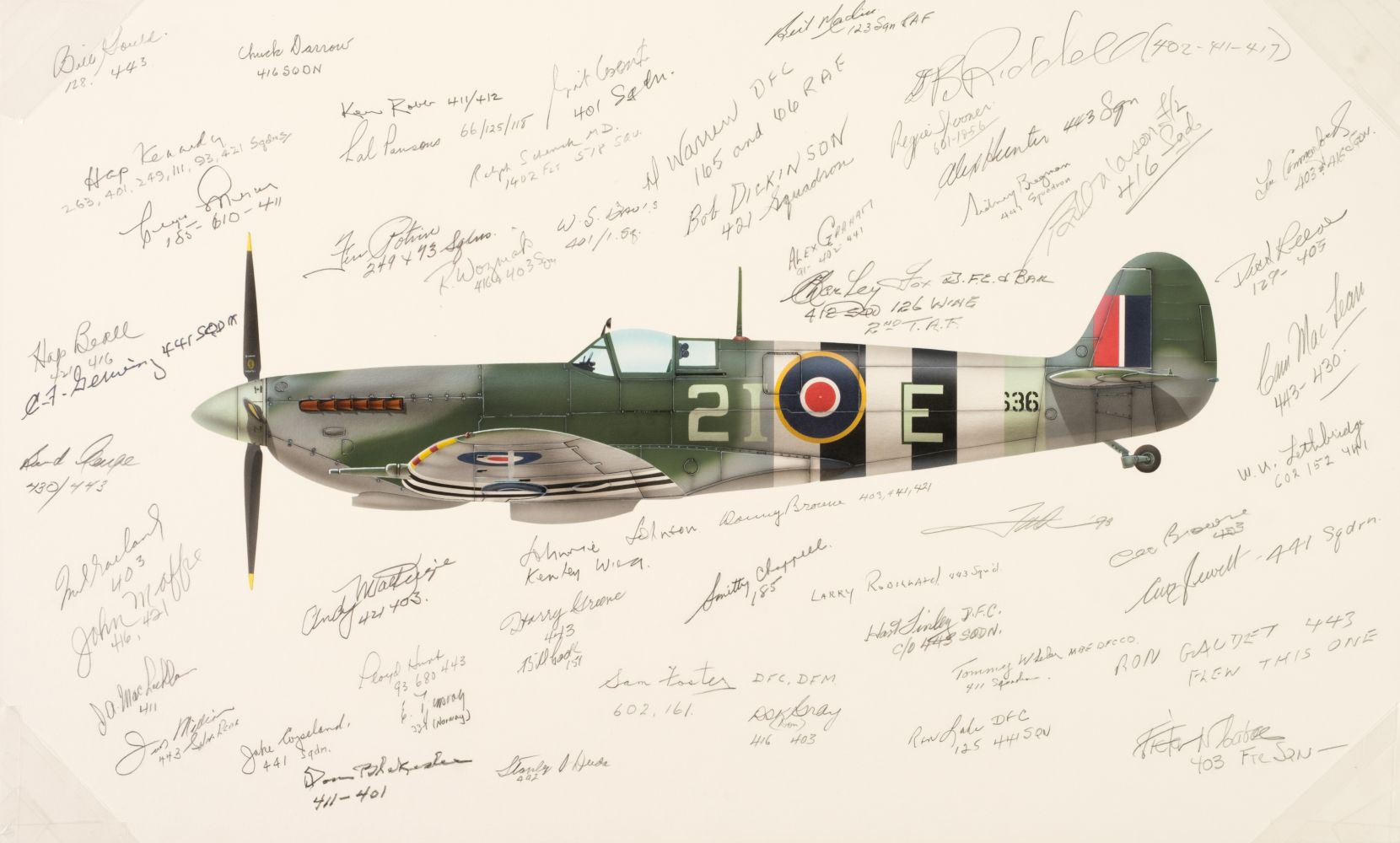
Testen Sie LotSearch und seine Premium-Features 7 Tage - ohne Kosten!
Lassen Sie sich automatisch über neue Objekte in kommenden Auktionen benachrichtigen.
Suchauftrag anlegen